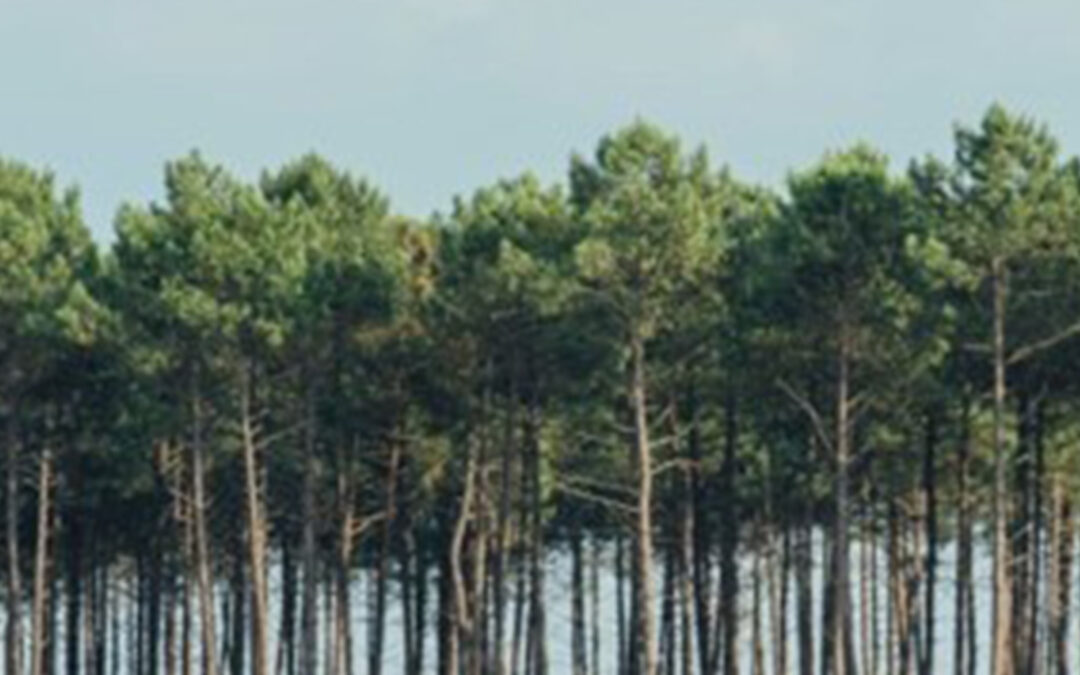Let’s take a walk around Bordeaux: The Landes forest, the largest forest in Europe, a story of men
by MC et J.P Tavin
An example of territorial development:
The Landes Forest covers nearly 1 million hectares, it is the largest “cultivated” forest in Europe. The Landes were long occupied by vast marshy areas, unsanitary, sparsely populated and dedicated to sheep breeding. In order to clean up these territories, drain them and launch a timber industry, Napoleon III forced owners and local authorities to plant pine trees.
Ecology and economy:
In addition to cleaning up the soil by draining it, and fixing the dune line, the Landes Forest, plantings, maintenance and exploitation have created a real silvicultural sector which, even today, is essential. Pines were first used for shipbuilding, frames, etc. but also for harvesting resin (rosin and turpentine). Today, except on the coastal strip dedicated to the protection of dunes, the maritime pine forest aims to produce wood and supplies a large, diversified and constantly evolving sector (wood, cellulose, paper pulp, etc.). It is also a major tourist attraction and a home for a rich fauna and flora. Numerous hiking trails and cycle paths allow you to discover this immense green lung.
A fragile forest:
The Landes de Gascogne forest is, like any ecosystem, fragile: fires, attacks by wood-eating insects, diseases, drought, ocean storms regularly undermine it. The forest adapts to resist all these hazards through thoughtful management, operation and development.
An example:
We are talking more and more about reforestation (around the Mediterranean basin, green wall in Africa, etc.) it works, the proof. Napoleon III showed it to us. Often all that is missing is the will of men determined to carry out this type of project, the effects and benefits of which are neither immediate nor certain.




